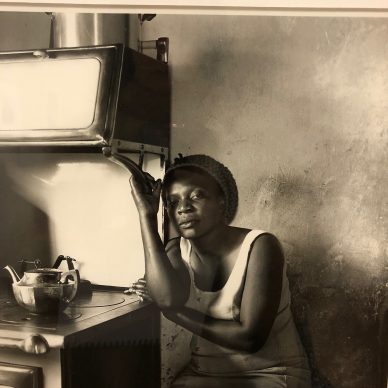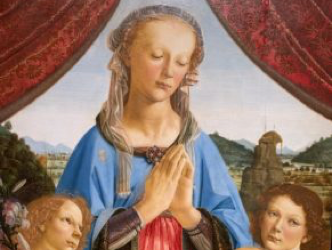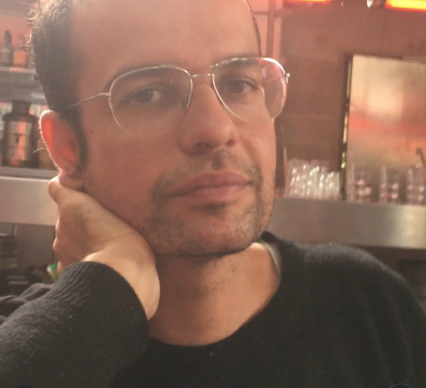A tribute to David Goldblatt.
It is often forgotten that South Africa’s horrible racist laws only ended in 1991.
And this is a country in which the wounds have yet to heal.
David Goldblatt (born in 1930) has always travelled across his land, to which he seems to feel a passionate attachment.
The Centre Pompidou is dedicating a retrospective to the photographer with 255 photos. The message of dignity and humanity which emerges from the show is striking.
Goldblatt doesn’t claim to be an upholder of justice. Neither is he a practitioner of miserabilism or of the mass effect that is so easily created when photographing groups of poor workers.
Goldblatt gives his snapshots a soul.
I met David Goldblatt last year at home in Johannesburgh, and he was describing contemporary South African society.
In his work, even the chair seems to have a conscience. It is worth taking the time to read the detailed captions that accompany each image, like this rustic looking seat from 1965, “Barber’s chair of mining timbers in front of a shack”: the height of deprivation illuminated by a beautiful sun.
Goldblatt works mainly in black and white, but, of course, the world is not all black and white.
He exposes a reality that is more complex, and in doing so his photos leave room for questions.
“Boss Boy” from 1966 is a composition focusing on a man’s chest laden with tools, emblazoned with a plaque with three stars to indicate the importance of this man for whom coercion was his job.
“Little white boss with little black playmate” from 1963, seen from the front then from the back, shows a vehicle with four wheels which two children seem to be playing with. We quickly see that it is the young black boy at the back with the mournful look who is charged with pushing the vehicle.
In Orlando West in the 1970s a pretty young shop assistant in a grocery store poses with a rebellious gaze in front of a shelf of tinned goods. Very Pop Art, if we didn’t know the young black girl’s racial status.
Goldblatt describes all aspects of his society. In this way, he takes a picture of a young white dancer wearing a tutu and perched en pointe outside her house, but she appears devoid of grace, almost pathetic.
Elsewhere, in a rural area, black workers wait at the bus stop… Note the bus collection time: 2:40am.
Another image from 2015 shows David Goldblatt is still there, in Cape Town, while furious students watch as a statue is being taken down. Their arms are all raised in unison. Is this a gesture of hate? No: they are all taking photos.
David Goldblatt is recounting the circumstances in which he took this photo:
Times may change … but the photographer remains the same.
Until 13 May. Goldblatt. www.centrepompidou.fr.
Support independent news on art.
Your contribution : Make a monthly commitment to support JB Reports or a one off contribution as and when you feel like it. Choose the option that suits you best.
Need to cancel a recurring donation? Please go here.
The donation is considered to be a subscription for a fee set by the donor and for a duration also set by the donor.


















